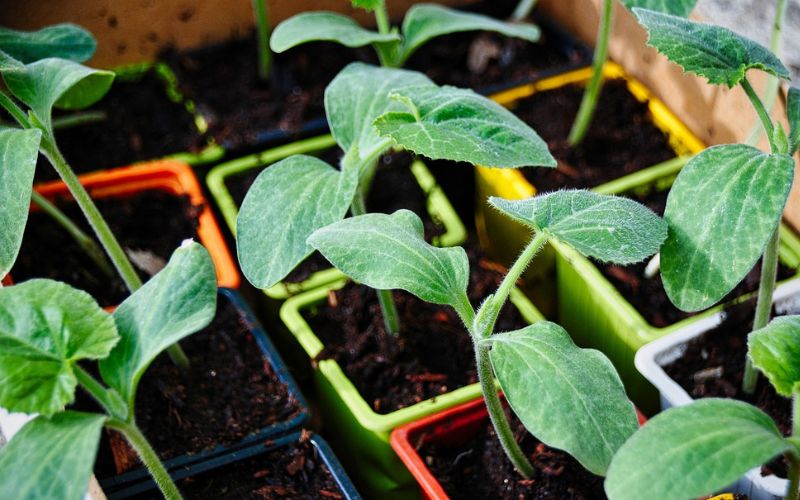Transplanting your vegetable seedlings at the right time is crucial for a successful vegetable garden. In general, seedlings should be transplanted when they have developed at least two to four true leaves. This is usually when seedlings are about 4-6 weeks old, but it can vary depending on the type of vegetable and growing conditions.
Sometimes, unpredictable weather patterns, such as a frost or heatwave, or other unforeseen personal circumstances can force you to delay transplanting.
If you wait too long to transplant your seedlings, they can become root-bound, which means their roots are grown to the point of filling their container, leaving little room for soil and water. This can lead to stunted growth and make the plants more susceptible to diseases and pests. Root-bound seedlings can also struggle to take in nutrients and water, leading to deficiencies that can harm the plant’s growth and development.

If you can’t avoid delaying transplanting your vegetable seedlings into your garden, you may need to temporally transplant them into a larger pot. One indication that your seedlings need a bigger container is if you notice the roots growing through the drainage holes at the bottom of the container. Other signs that it’s time to transplant include wilting, yellowing leaves, and slow or stunted growth. Then, once conditions improve, you can transplant your vegetable seedlings into their allocated location in your garden.
If transplanting into a bigger pot temporarily is not possible, it may be better to destroy your current lot of seedlings and start again when conditions improve. As disheartening as this may be, this is especially important if your seedlings are growing near other seedlings that are not yet ready for transplanting. Pests such as aphids, mealybugs, and spider mites thrive on stressed plants and can quickly spread to nearby plants, destroying your entire plant nursery in a matter of days.
In conclusion, transplanting vegetable seedlings at the right time is crucial, and waiting too long to transplant can lead to many plant problems. While unpredictable weather or unforeseen personal circumstances can sometimes delay transplanting, it’s important to keep a close eye on your seedlings and look for signs that they need to be moved to a larger pot and act accordingly.

